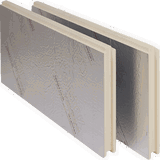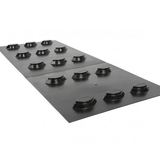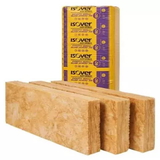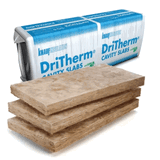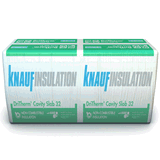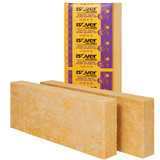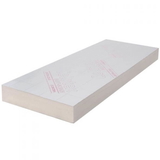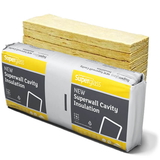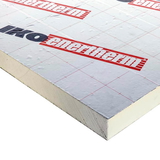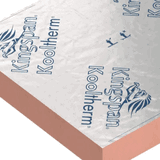- Blogs
- Cavity wall insulation - buyer’s guide
Cavity wall insulation - buyer’s guide
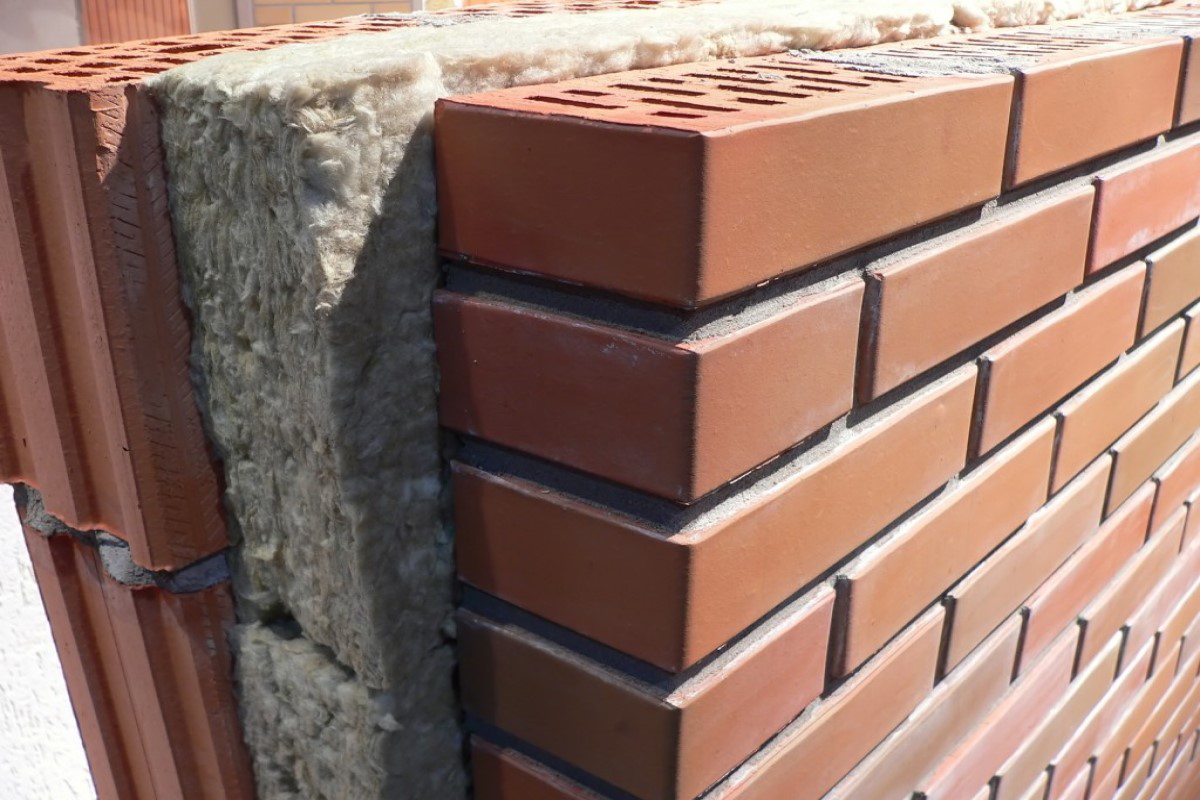
Cavity wall insulation is one of the most practical ways to improve the EPC rating of your home. It reduces heat loss through walls, thus saving energy.
In this blog, we will be discussing cavity wall insulation in depth. The focus will be on the types of insulating materials, installation and the potential problems that come with improper installation.
What are cavity walls?
In buildings made after the 1920s, the external walls have two 'skins' or ‘layers’ with a small gap between them. This little gap is called the cavity. The cavity must be filled with insulating materials to protect a property from heat loss and to comply with the regulations.
When were cavity walls introduced?
Cavity walls were introduced in the 1920s. Houses built before the 1920s only have a single skin brick wall, meaning there is no cavity to fill. These walls are insulated either with external or internal wall insulation.
Modern homes, or those built after the 1990s, have cavity walls, but they are generally insulated during the construction phase. Homes built between 1920 and 1990 have cavity walls. These cavity walls, if left uninsulated, lead to a colder, less energy-efficient home. Luckily, you can install cavity wall insulation in these cavities without having to rebuild them, a welcome relief indeed!
How do cavity walls work?
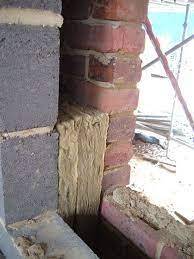
The masonry bricks that make up the walls around the cavity absorb water quite easily. The moisture absorbed by the ‘outside’ layer flows through the cavity. This mechanism keeps water away from the inside of the property, thus reducing damp problems.
Earlier, the gap or ‘cavity’ between the two layers was around 50mm, but over time, this gap has increased significantly. The size of these cavities nowadays is anything between 280 and 300mm thick.
Why have cavity walls?
Cavity walls have far superior thermal properties than solid walls. They are very much in use, even today.
A solid wall is just one solid wall with no gaps in the brickwork. Many houses built in or before the 1920s, had solid walls. This might be the reason why more energy is required to maintain comfortable indoors in period properties.
How do I know if I have cavity walls?
There are some ways to know if have cavity walls, including:
1. Year of Construction: As mentioned earlier, properties built after the 1920s have cavity walls. So, if your home was constructed after the 1920s, you will likely have one as well. 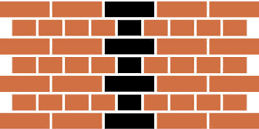
2. Look closely at the brickwork: Your property will have cavity walls if the brickwork displays just their long sides, not an alternate long-short-long-short pattern. The stretcher bond pattern indicates the presence of cavity walls i.e., the bricks run in the same direction as one another as there are no 'half bricks’.
3. Thickness of the wall: Cavity walls are a likely possibility if the thickness of the wall on your property is around 260mm thick. You can measure the wall thickness through a window or outside door.
What is cavity wall insulation?
Basically, just insulating the space between the inner and outer bricklayers is called cavity wall insulation. Cavity wall insulation can be achieved using mineral wool insulation batts, polystyrene beads, loose cellulose fibres or insulation boards.
How does cavity wall insulation work?
Warm, heated expands and moves towards cooler areas until they reach equilibrium. Heat transfer happens by the process of conduction and convection. The same principle applies when heat transfers through walls.
By insulating cavity walls, you create a barrier that restricts or slows the movement of the heat through walls. The insulating materials trap the heat in their fabric. Mineral wool insulation has many tiny air pockets which catch the heated air and prevent them from escaping. As a result, your indoors remain warm and you will have spent less energy and money to heat your home.
Cavity wall insulation maintains desired temperature indoors all year long. In winter, it stops the heat transfer from the inside to the outside. In summer, it restricts the heat coming in from the outside, resulting in cooler homes, even when the heat is high outside.
Benefits of cavity wall insulation
Energy bills: As discussed, cavity wall insulation helps you maintain comfortable indoors all year long. This equates to energy saving throughout the year.
It's a sound investment: The initial cost of insulating a cavity wall might seem a bit steep. But, no matter how much the initial investment may be, cavity wall insulation will pay for itself in 4-5 years. Insulating cavity walls will lower your heating expenditures all year long.
Environment Factors: Cavity wall insulation reduces carbon dioxide (CO2) emissions by around 560kg, according to the Energy Saving Trust. They also make your home energy-efficient by cutting down energy usage.
Long-Lasting: The insulation in cavity walls will last for approximately 25 years when installed by installers from CIGA (Cavity Insulation Guarantee Agency).
Soundproof walls: By insulating the cavity walls, you effectively reduce the sound transmission through walls.
Types of cavity wall insulation
Mineral Wool Cavity Batts: It is one of the most effective insulators for cavity walls. Mineral wool cavity batts and insulation slabs are cost-effective and can be easily installed. Insulation is pre-cut to easy-to-use cavity batts that can be slipped between joists and can be closely packed.
Here at Buy Insulation online, we store cavity batt insulation from Knauf, Superglass and Rockwool. These leading brands are known for their top-quality products and lasting performance.
Insulation Boards: PIR boards and other cavity wall insulation boards can be used to fill the cavities, when new brick and block walls are constructed. The insulation boards come in varying thicknesses to meet the necessary performance level and building requirements.
We store PIR boards from brands like Xtratherm, Iko and Celotex at Buy Insulation online. The foil-faced, closed-cell insulation protects the structure from moisture and related problems.
Polystyrene beads:
Polystyrene beads trap heat efficiently. The rough shape makes the polystyrene beads 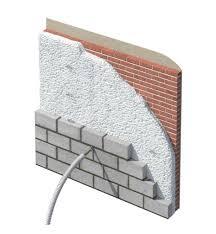 stick together, thus filling up the cavity entirely with no air gaps. Tiny beads of expanded polystyrene insulation (EPS) are blown into existing cavity walls through small holes by the insulation installers.
stick together, thus filling up the cavity entirely with no air gaps. Tiny beads of expanded polystyrene insulation (EPS) are blown into existing cavity walls through small holes by the insulation installers.
Cellulose insulation
As above, cellulose insulation can be pumped into the cavity with special equipment. It is basically old newspapers and other paper-based products that have been shredded and mulched together and dried out. It is an eco-friendly alternative to polystyrene.
Foam insulation:
Though not very easy to install, foam insulation is one of the best cavity wall insulation materials out there. Polyurethane (PU) foam can be poured into a cavity wall, where they solidify to provide a thick, water-repellent insulating barrier with excellent insulating abilities. They are more suitable in a flood-prone areas or to insulate uneven cavities.
How to install cavity wall insulation?
Cavity-wall insulation is seriously not a DIY job. Only trained experts should be allowed to pump any kind of material into your cavity as they could do more harm than good if they do not know what they are doing!
It must always be installed by a qualified insulation installer. Not just any professional; but someone who adheres to a professional code of conduct and is a part of any of the 3 organisations below:
CIGA - Cavity Insulation Guarantee Agency
BBA- The Agrément Board of the United Kingdom
NIA- The National Insulation Association
You can visit their websites to find installers in your area.
How Will Cavity Walls be Insulated?
Cavity walls can be insulated by installing cavity batts, boards, or by injecting materials like EPS boards or cellulose into the cavities by drilling holes from the outside. It all depends on your building type, the condition of your pre-existing cavity walls and other factors.
Getting the job done by a professional body, like the ones mentioned above, means having expert hands working on your project. The cavity wall insulation will last longer and adhere to the required regulations.
A certified installer will first assess your home and do a pre-installation check. The inspection is basically to see if your home is suitable for cavity wall insulation. It will also bring forth any pre-existing issues with cavity walls. The installer will suggest the best-suited insulating material for your cavity walls - from the products listed earlier - based on your property.
No matter what insulation material you use, make sure your insulation installation comes under the 25-year CIGA warranty. It may protect you from any problems that may arise after installation.
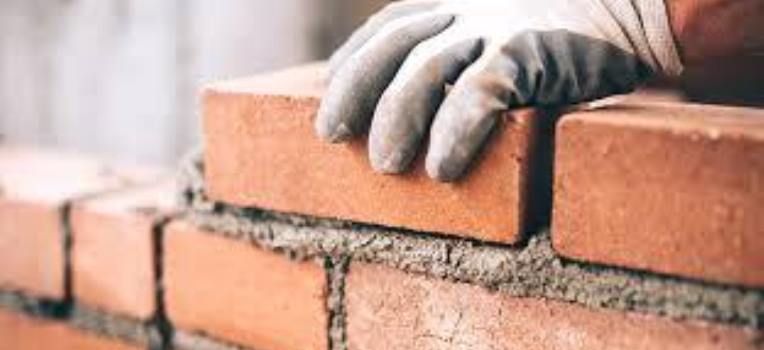
How much does cavity wall insulation cost?
The property type and the insulation material you choose will influence the cost of cavity wall insulation. Also, during the pre-installation assessment, the installer will check the condition of the pre-installed insulation in the cavity. If the existing insulation is in a bad shape, then you might have to remove it, which will add to the cost of cavity wall insulation.
The average cost of cavity wall insulation installation for a detached property is approximately £1200-£18000, while in a semi-detached property insulating cavity walls can cost anything up to £1000.
Also, depending on the cavity-insulating material you choose, the cost of cavity wall insulation varies. Cavity batts like Dritherm 37, Dritherm 32 or Superglass Superwall could work out to be cheaper as they cost around £4.5 to £5.5 per meter square, while a PIR board like Celotex CW4000 or PIR insulation can £11 to £12 per square meter. Polystyrene beads may work out to be cheaper, although they may not be as durable or efficient at cavity batts or cavity boards.
Again, the cost of cavity wall insulation will depend on the size of your home and pre-existing condition of cavity walls, damp among several other factors. The money spent on cavity wall insulation is usually recouped in 4-5 years. However, with ever-changing material prices, we suggest you allot more for quality insulation materials, that will give you long-term benefits. You can also check for cavity wall insulation grants, and check if you are eligible for the free cavity wall insulation.
How long does cavity wall insulation last?
If your cavity wall insulation has a CIGA warranty, it lasts for 25 years. If you have problems with the insulation installed, you can contact CIGA to see if your warranty is still valid.
How long does it take to insulate cavity walls?
Professional installers can take anywhere between two to three hours to insulate cavity walls in buildings or homes with good access.
Problems and disadvantages of cavity wall insulation
Issues relating to cavity wall insulation are uncommon in new builds. Retrofits, however, can have problems with cavity wall insulation, but not with the insulation per se.
The majority of cavity wall problems are caused by issues related to maintenance or installation. A thorough pre-installation inspection and proper installation techniques can easily prevent these problems.
We will be discussing the issue and the disadvantages of cavity wall insulation in detail in our next blog.
Conclusion:
We cannot stress enough the need to find professional installers from certified boards to install the cavity wall insulation. The many benefits can only be realised when the insulation is installed properly. It is also equally important to ensure a pre-installation survey is done to address any pre-existing conditions.
Along with this, you must also be aware of the many insulating options, along with the advantages and disadvantages of each. To help you in decision making, we will be discussing the advantages and disadvantages of each of the above-mentioned insulating materials, in our next blog. We will also discuss the problems associated with cavity wall insulation in general.
If mineral wool cavity batts are what you need to insulate cavity walls, we are at your service. Visit Buy Insulation Online, for the best quality cavity wall insulation on offer from the UK’s top brands. We also store a loft insulation range, pipe lagging materials, valve jackets and others at highly competitive prices. We plant 3 trees per order making your order carbon positive for life!

Samuel Hitch
Managing Director
Buy Insulation Online.
Leave A Reply
Your feedback is greatly appreciated, please comment on our content below. Your email address will not be published. Required fields are marked *
